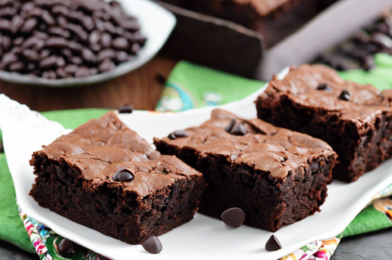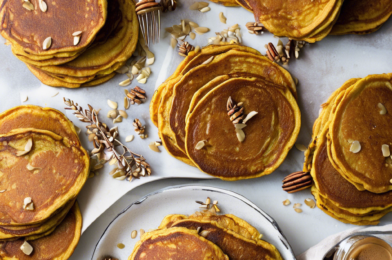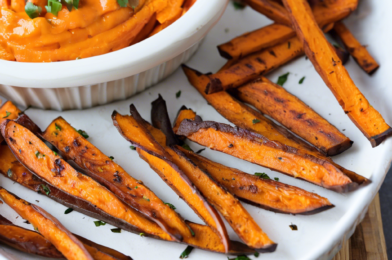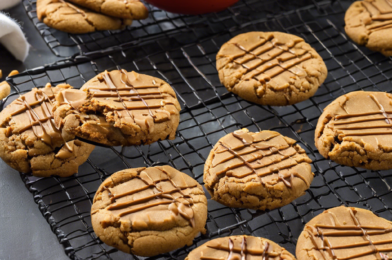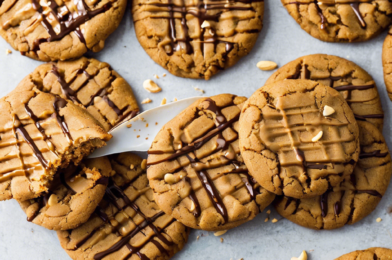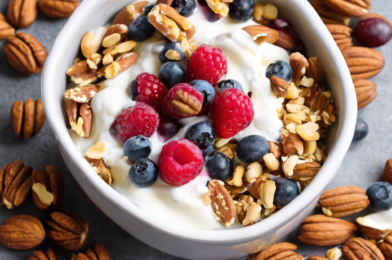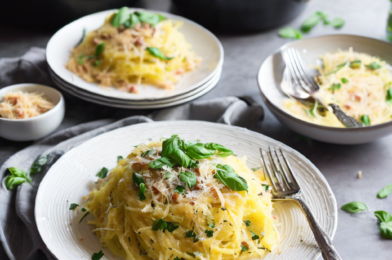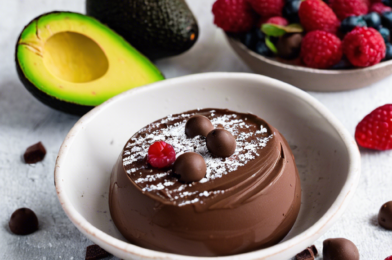Quinoa Stuffed Mushrooms have emerged as a versatile and beloved dish in recent culinary trends, capturing the hearts and taste buds of many food enthusiasts around the globe. These delightful bites are not only packed with flavor but also offer an impressive nutritional profile, making them a perfect choice for those seeking a healthy yet indulgent meal. The combination of earthy mushrooms with the nutty, wholesome goodness of quinoa creates a harmonious blend that is both satisfying and nourishing. In this article, we will delve into the delicious world of Quinoa Stuffed Mushrooms, exploring their origins, preparation techniques, and why they have become a staple in modern kitchens.
The origins of Quinoa Stuffed Mushrooms can be traced back to the fusion of traditional culinary practices with contemporary health-conscious ingredients. Mushrooms have long been a staple in various cuisines, revered for their umami-rich flavor and versatility. Quinoa, on the other hand, has gained popularity in recent years as a nutrient-dense, gluten-free grain alternative. When combined, these two ingredients create a dish that is not only delicious but also caters to a wide range of dietary preferences and restrictions. The rise of plant-based diets and the increasing demand for nutrient-rich foods have propelled Quinoa Stuffed Mushrooms into the spotlight, making them a favorite among vegans, vegetarians, and meat-lovers alike.
Preparing Quinoa Stuffed Mushrooms may seem daunting at first, but with the right techniques and a few key ingredients, anyone can master this delightful dish. The process begins with selecting the right mushrooms, typically large varieties such as portobello or cremini, which provide ample space for stuffing. After cleaning and removing the stems, the mushrooms are ready to be filled with a flavorful quinoa mixture. This mixture often includes a combination of cooked quinoa, sautéed vegetables, herbs, and spices, creating a rich and aromatic filling. Once stuffed, the mushrooms are baked until tender, allowing the flavors to meld together beautifully. The result is a visually appealing and mouthwatering appetizer or side dish that is sure to impress any guest.
The appeal of Quinoa Stuffed Mushrooms lies not only in their taste but also in their nutritional benefits. Quinoa is a powerhouse of protein, fiber, and essential amino acids, making it an excellent choice for those seeking a balanced and wholesome meal. Additionally, mushrooms are low in calories and packed with vitamins and minerals, including vitamin D, potassium, and antioxidants. This combination makes Quinoa Stuffed Mushrooms a perfect option for those looking to maintain a healthy lifestyle without compromising on flavor. Whether served as a main course or as a delectable appetizer, these stuffed mushrooms provide a satisfying and guilt-free dining experience.
In conclusion, Quinoa Stuffed Mushrooms have rightfully earned their place in the culinary world as a delicious and nutritious dish that appeals to a wide audience. Their versatility allows them to be adapted to suit various flavor profiles, making them a perfect addition to any meal or gathering. As more people embrace plant-based diets and seek out nutritious alternatives, Quinoa Stuffed Mushrooms continue to rise in popularity, showcasing the endless possibilities of combining traditional ingredients with modern culinary techniques. Whether you’re a seasoned chef or a novice cook, this delightful dish is sure to impress and delight anyone fortunate enough to enjoy it.

